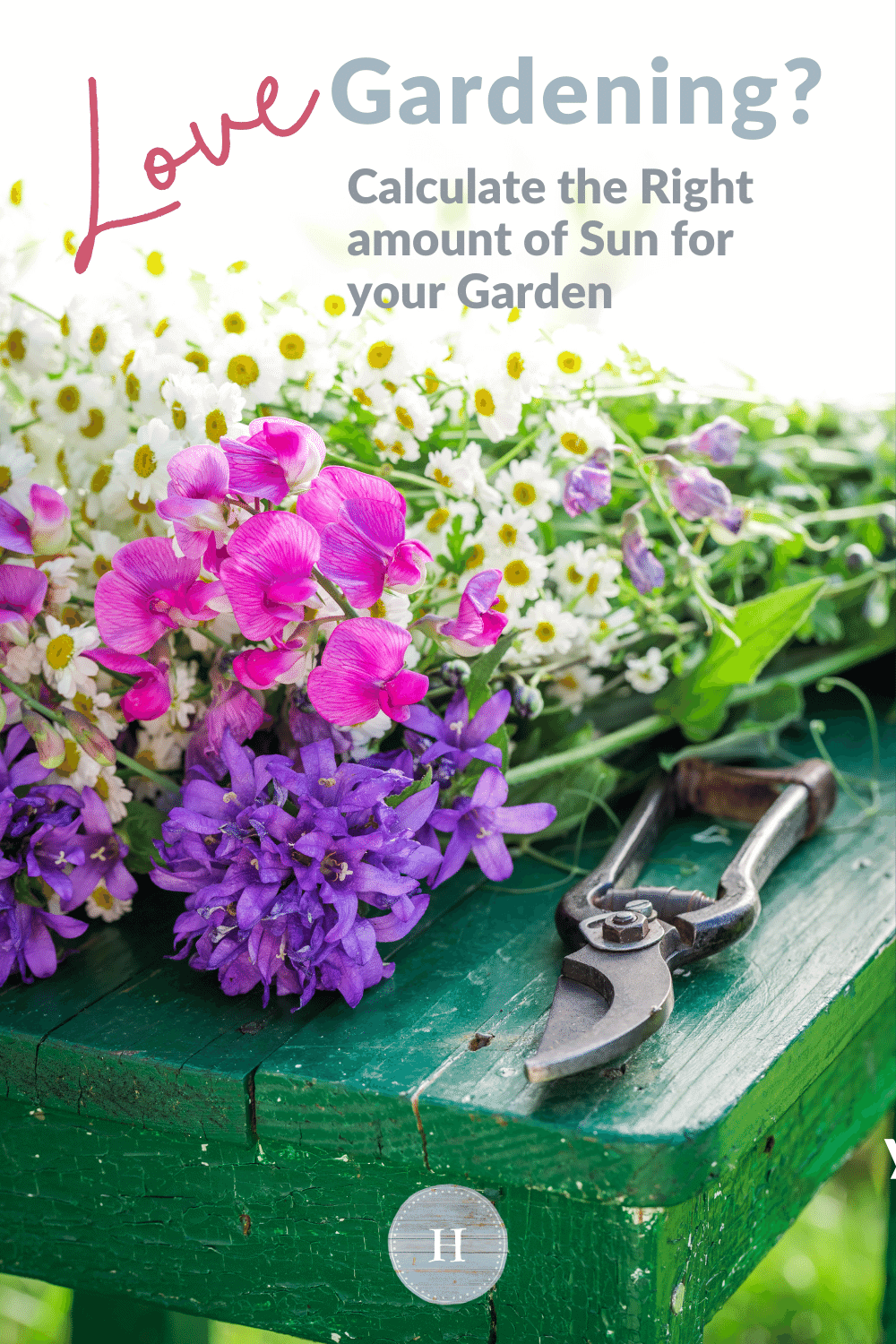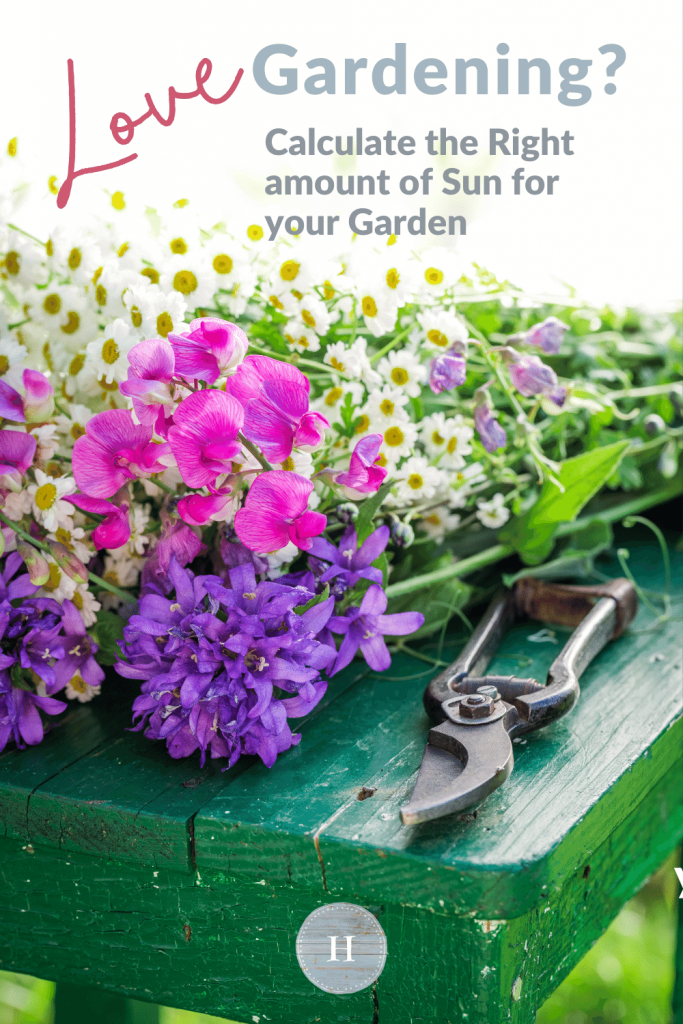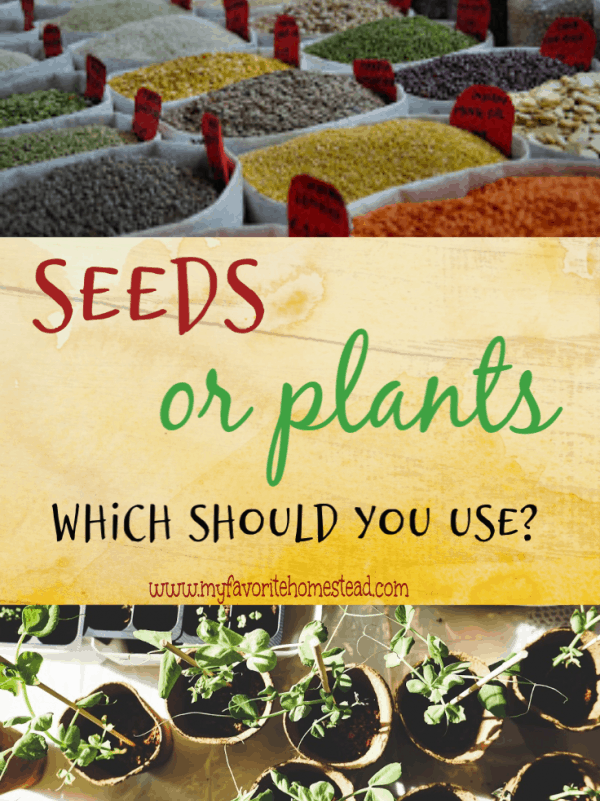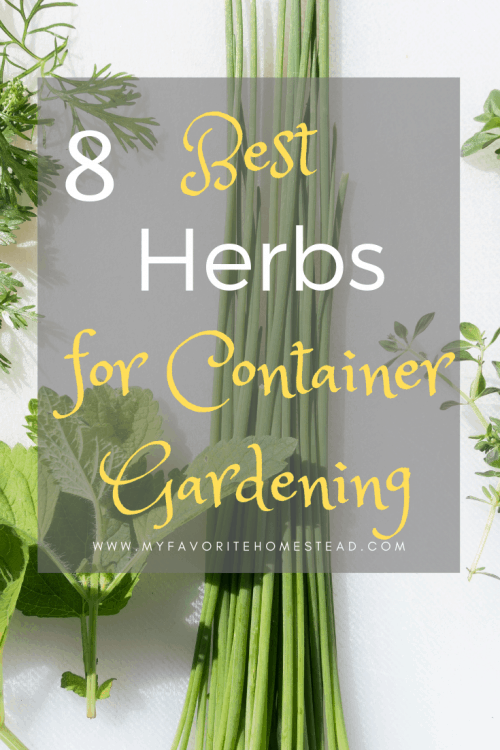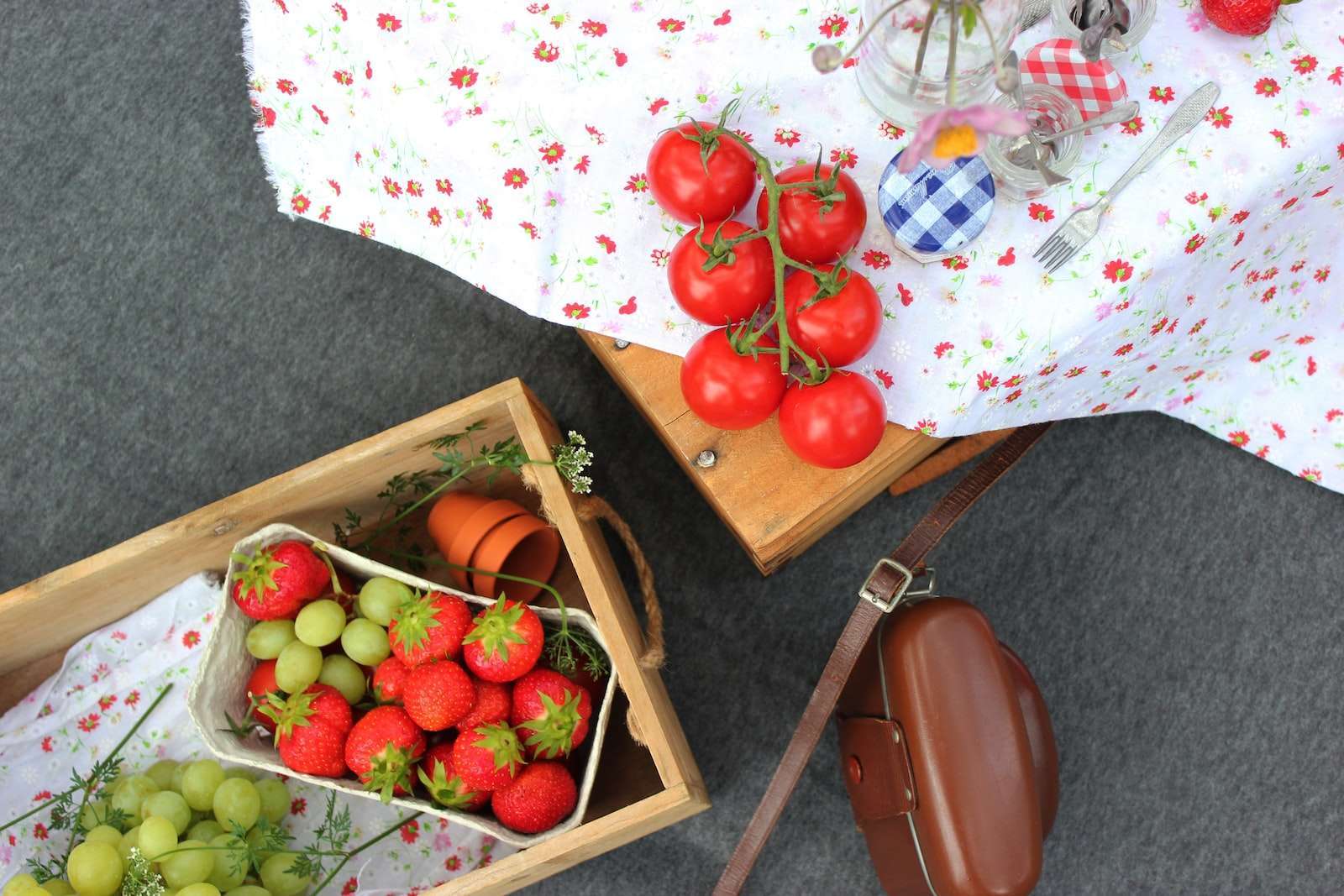Calculate the Amount of Sun for your Garden
Whenever you plan your garden, you have to make sure that aside from the space and soil, water and nutrients your plant needs, you also have to take into account how much sunlight it should get.
Plan for Amount of Sun for your Garden

This should be clearly stated on the seeds that you purchase. For example, if you’re looking to grow tomatoes, it will most likely say that it needs full sun to thrive. That means your plant should get anywhere from 6-8 hours of sunlight per day.
Some vegetables will require less, such as partial or low sunlight. Partial sun would be 4-6 hours per day and lower sun would be 1-4 hours per day. If you’re growing indoors and using your window, you can supplement the sunlight your plant receives by using grow lights inside.
Partial Sun and Shade

The sunlight corresponds in certain ways to the soil temperatures, too. If you have a relatively shaded area, and the required soil temperature is high, then it may not work well when growing food in that spot.
If you have a lot of shade, then you might consider focusing on root and leaf vegetables, which can get by with less sunlight. Most vegetables will need plenty of sunlight to thrive, including melons, squash and cucumbers.
Mark Where Ground is Exposed to Sunlight

To estimate how much sun a spot gets in the area where you plan on growing food, you’ll want to track the sunlight to see how much it provides. The sun rises in the east and sets in the west.
It’s going to be strongest between the hours of 10 A.M. and 4 P.M. Those six hours are crucial to the development of a strong plant. Go outside and mark where the sun is exposing the ground during those hours, and try to plan in that area.
Watch for Accidental Shade

Be sure to watch out for areas that might accidentally get shaded by things like a tool shed or a fence surrounding your yard. You might assume something is in a sunny spot, but when you actually track it, you see that the plant would be suffering from a lack of sunlight in that area.
Of course if you’re using containers outdoors, you can always manually move the pots to correspond with the lighting situation, but this is cumbersome and only recommended for those who want a hands on approach with a lot of involvement.
Move Containers to Get the Right Amount of Sun
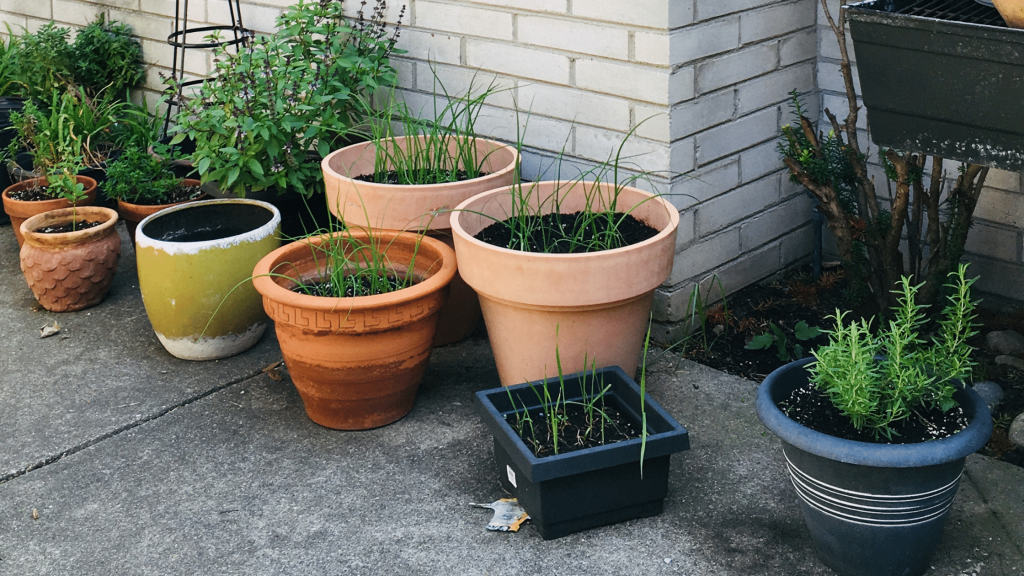
If you don’t have time to track the sun, there are gadgets like sunlight calculators that you can place in and around your yard that will help you determine how much sunlight a specific spot gets throughout the day.
